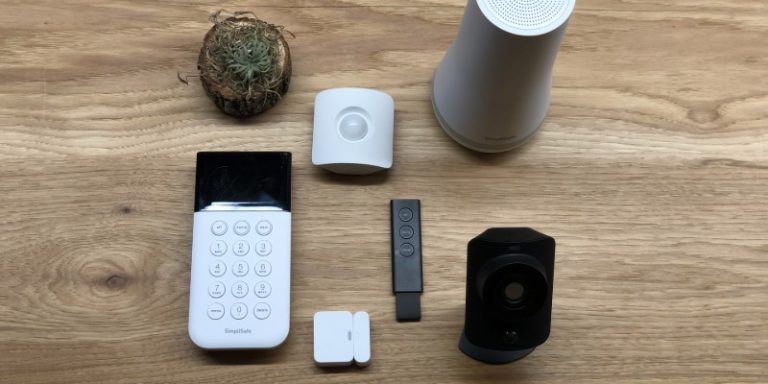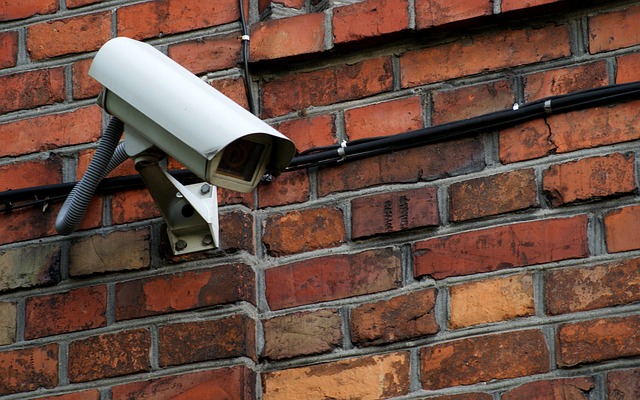
If you want to protect your property from a variety of potential threats, a home security system can be a cost-effective solution. These systems include sensors that detect smoke, heat and floods, in addition to an alert and video doorbells. You can pair many of them with inexpensive cameras and other smart home devices to meet your specific needs.
These are the best cameras for monitoring your home at an affordable price
A good security camera should record in high-quality Full HD or higher. A good security camera should have a motion detector and be able to detect movement. It will also alert you when anything suspicious occurs. These are the features that make security cameras worth their price, but do your research first before you buy.
The best budget security cameras don't sacrifice image quality or AI-based object detection for cheap prices. They should be able integrate with other smart home devices and connect to the network at your house.
Eufy - This low-cost surveillance camera is not subject to a monthly charge, and the 12GB in its base station memory can store footage up to three-months. It does not support HDR or 4K, but the motion-triggered videos are in Full HD.

Abode. Abode has been one of our favorite home security companies for its affordable prices. They are constantly improving their smart-home features to make them stand out from the competition. Its camera features excellent person-detection, weather-proofing to be used outside, and a night vision sensor.
Nest: Nest’s security cameras provide class-leading AI object detection (peoples faces, animals and packages), superior image quality, and an easy-to-use motion zone configuration. These cameras also have Google Home and Amazon Alexa integrated, IP54 weatherproofing, and are very easy to install.
SimpliSafe. Unlike many home security companies, SimpliSafe offers an affordable home security system that does not require any contracts. The Better Business Bureau also gives the company a rating of A+ and they have a good reputation in customer service.
Arlo pro: This system, while not as affordable as others on the list, is still a great option for anyone looking to purchase a fully-featured wireless system that can protect their home without spending a fortune. Its starter kit costs under $100 and its subscription fee is below $50.
Ring: Ring Spotlight Cam will be an affordable option for you if your budget is limited but you need to monitor both the interior and exterior of your home. You can use it anywhere because it's wireless and powered by batteries.

Blink: Blink's indoor cameras are among the most reliable and durable models in our list, despite their relatively high prices. They're small, waterproof, and offer 1080p resolution. The motion-detection trigger is activated when someone enters an area. It can be turned off to prevent unwanted notifications.
Kangaroo's DIY security camera offers a great deal for those who are on a tight budget. However, it does not offer the same value that Wyze or Ring. These two systems have more features, better quality video, and are easier to set up than this one.
FAQ
Which is the best home security system?
ADT Pulse (Ring Alarm), Vivint SmartHome Security, Protect America, and Vivint SmartHome Security are the most well-known home security systems.
Do I really require a home security system?
You should have a home security system if you own a property. Anytime, a burglar can break into your home without warning. They can take all your valuables, even jewelry and expensive electronics. If you don't lock the doors, they can just take everything.
Home security systems can help protect your home by notifying you when something happens. You can view the recorded footage and receive alerts from your mobile device when motion is detected.
A simple DIY camera can be used if you don't want to spend money on a security system. These devices let you see who's at the front door and send you notifications when they enter or exit. These devices won't prevent intruders from breaking into the home.
What is the simplest home security system you can install?
It is best to have home security systems that don't require installation. These are "plug-and-play" systems that work like magic. You simply need to plug them in to the power outlet and then connect them via a wireless router to the internet. Once connected, you'll be able to control everything from anywhere in the world.
What Home Security Systems cannot be hacked
The definition of hacking is key to the answer. Hacking is the unauthorized access to computer systems, networks, and data. Because they don't contain software that allows remote control, most home security systems can't be hacked. They do not allow anyone to enter your property without your consent.
However, some home security systems can be hacked if they are connected to the Internet. These systems require a password in order to function. If someone knows the password, he can hack them.
Can I set up a security camera myself?
Yes! If you are competent and have the right knowledge, you can install your own home alarm. If you don’t want to hire someone to do it, they will be able help you.
How much should alarm monitoring cost?
Alarm monitoring costs vary depending on how often you want it monitored, what kind of equipment you need, and whether you are looking at an all-inclusive package or just one monthly fee.
Statistics
- That's probably why Cove has a whopping 98%* customer retention rate. (safewise.com)
- Depending on your insurance, 24/7 professional monitoring may qualify you for as much as 15% off your premium. (safewise.com)
- (In my experience, the discount on my home insurance covered about 25 percent of the subscription of an average plan, but your mileage may vary depending on your location and the size of your home.) (theverge.com)
- Most home security companies will charge you around 75% of the remaining term of your contract if you cancel early—and some require 100%.Related questionsWhat type of contract length can I expect from security providers?Home security system cancellation (safewise.com)
External Links
How To
How to Install A Home Security System
A home security alarm is a device that monitors the property and alerts you in case of any suspicious activity. It could consist of a motion sensor and doorbell camera as well as smoke detector, smoke detectors fire alarm, flood alerts, carbon monoxide detectors and burglar alarms. A home security system is usually composed of one or several sensors (e.g. motion detectors), that send signals when there's movement or sound. These signals are sent to a control panel, where they can be monitored and recorded. If there's a problem such as someone breaking into your house or other suspicious activity, the control panel sends an alert via your phone, tablet computer, voice assistant, or computer. You'll know what's going on and can take action immediately.
You must first choose the right kind of sensors for you home in order to install a home alarm system. There are two types of sensors available: active and passive. Passive sensors don’t need batteries. Instead, they simply pick up sounds or vibrations from the environment. They include things like doorbells, sirens, and buzzers. Active sensors transmit data by using electricity. Examples of such sensors include cameras and motion sensor.
There are many types of sensors on the market today. Each brand has its pros and cons. Some sensors are weatherproof and others aren't. Some include built-in speakers to allow you hear them even when they are outside. Others only work inside. Some are simple, while others offer advanced features such as night vision.
After deciding on the best type of sensors for your property, you'll want to choose a manufacturer. This will ensure that your sensors are compatible. The hardware store should offer many choices.
Once you have decided on a brand to use, it is time to decide on how many you want. Depending on whether they live with family members or alone, most people purchase one or two sensors. If you are planning to add sensors later on, you may consider purchasing additional sensors.
Next, consider where you want to put your sensors. Are you looking for them to be near doors or windows? Or do you prefer having them hidden away? Before you place them on your property, make sure that you have permission. They should not be in conflict with any electrical outlets.
Now that you know the exact location of your sensors you will need a connection to your control board. Depending on your setup, you may need to purchase a power adapter or battery pack. Once you have everything in place, your property can be monitored!